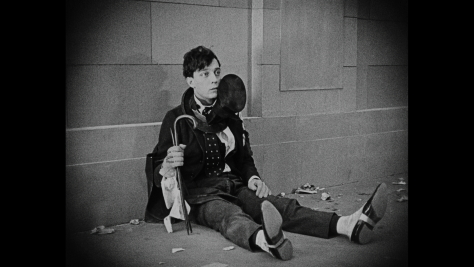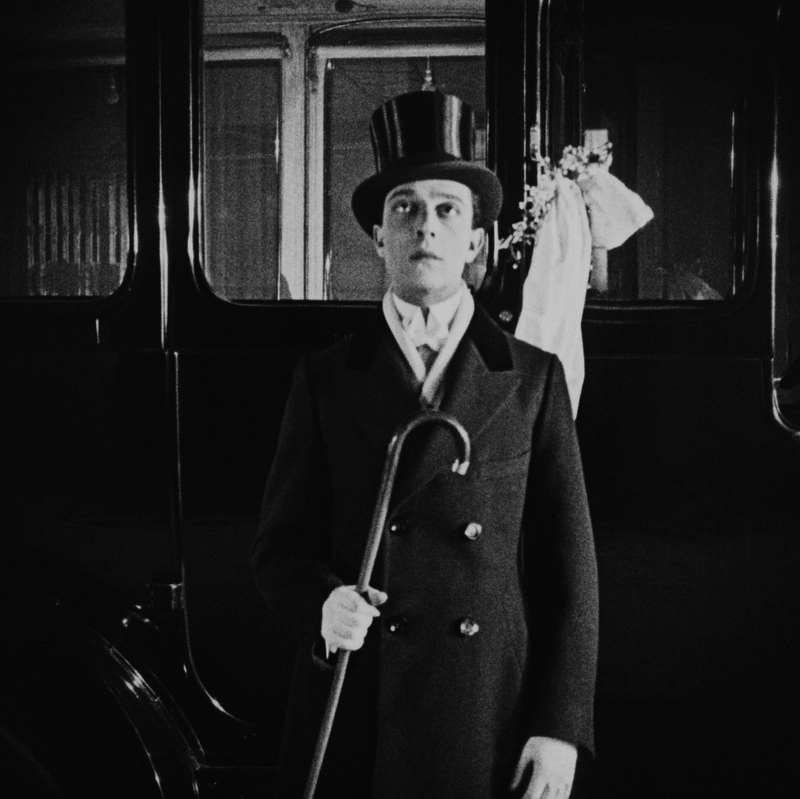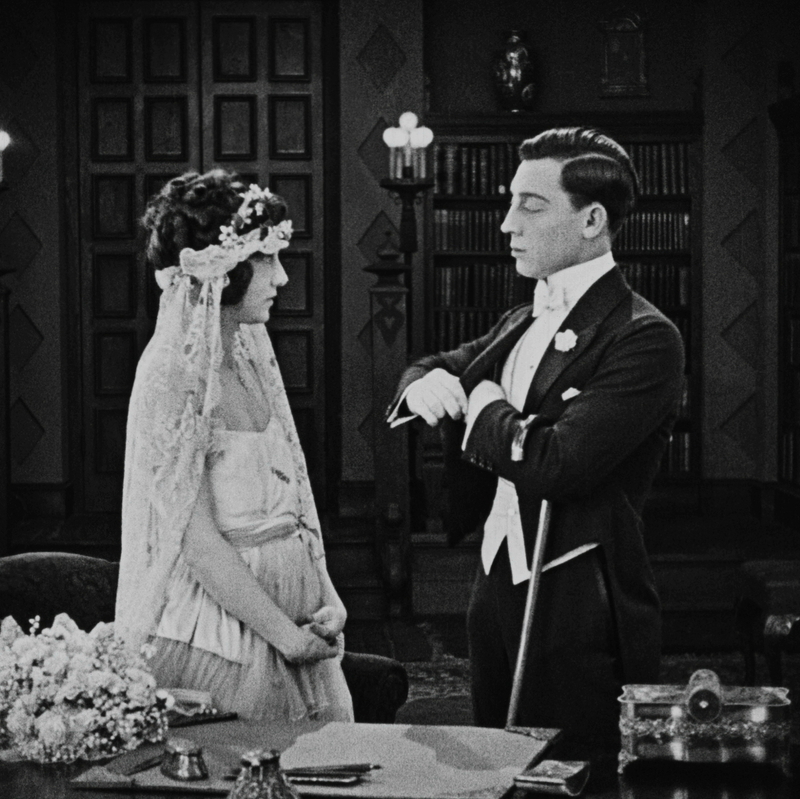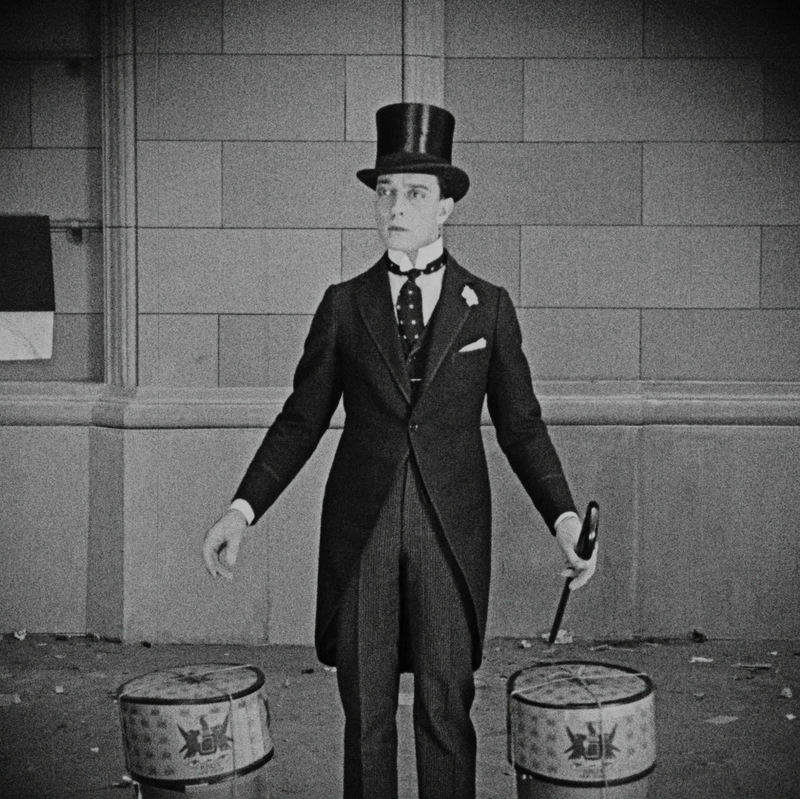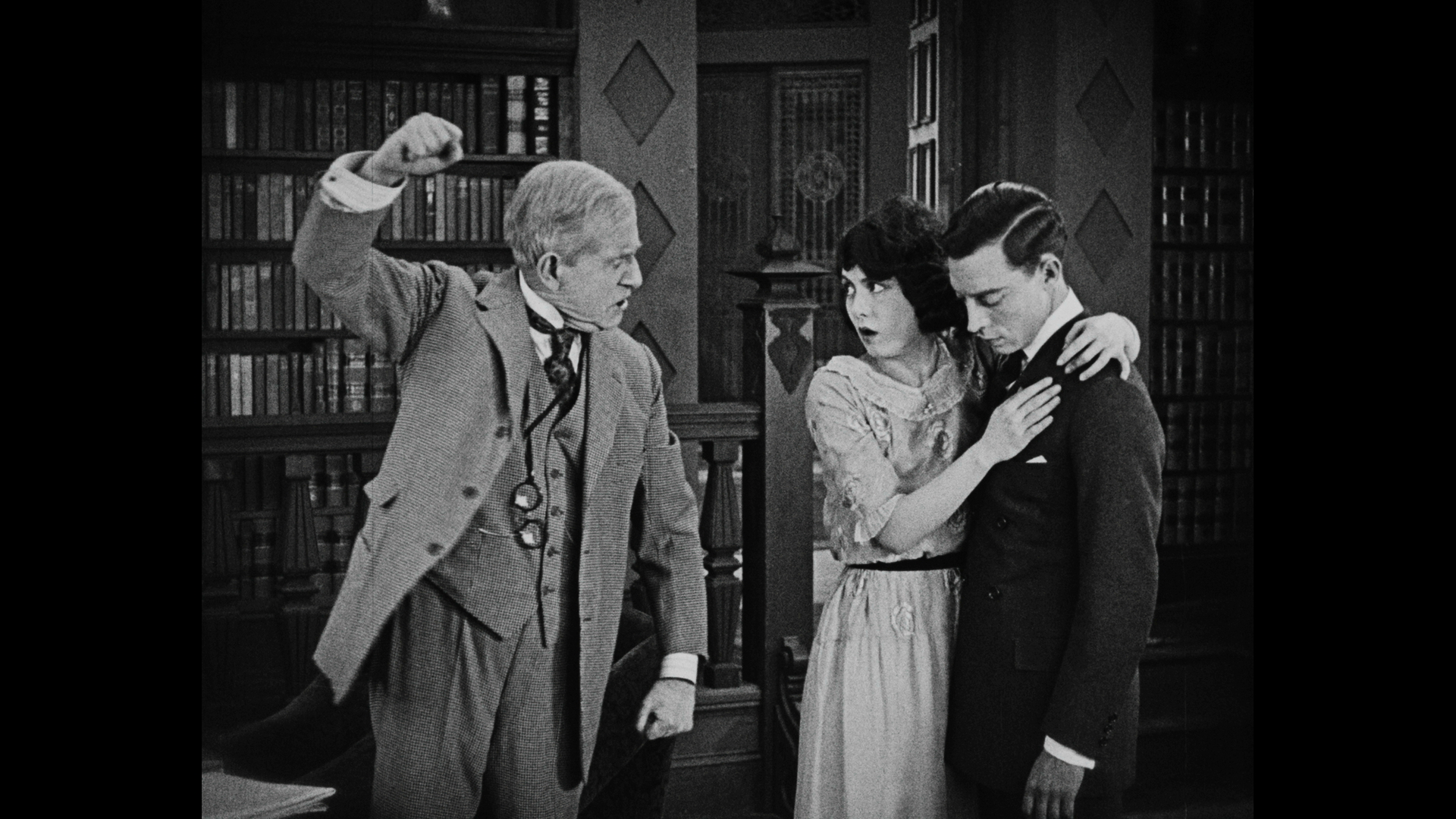
Saphead
In any discussion of Buster Keaton’s silent films, The Saphead, despite its historical importance as the first feature he starred in, is perhaps the most overlooked. There is a fair argument to be made for this lack of interest, especially when we consider the amazing body of work that he produced from 1920- 1928. Keaton did not conceive, write, or direct this feature and the input he had on the finished film remains debatable. However, it repays closer examination as the moment he struck out to establish his own career after completing his apprenticeship with Roscoe ‘Fatty’ Arbuckle – and it bears a number of similarities to his later, better known work. The Saphead was based on the 1913 stage play The New Henrietta, co-starring William H. Crane and Douglas Fairbanks. The latter’s first film, The Lamb (1915), was loosely based on his character in the play. When Metro decided to produce a film version of The New Henrietta, they were able to secure Crane, but Fairbanks was already committed to another project. According to Keaton, Fairbanks suggested him for the part. However, it is clear that producer Joseph Schenck, who had Keaton under contract, lent the budding star to Metro for this prestige picture. Schenck’s aim was to raise the profile of his new star, and a forthcoming series of short films. Early versions of the script stayed much closer to the stage play, but after Keaton was hired, subsequent revisions downplayed Crane’s character in favour of his role – to the extent that the name of the film was changed to reflect the shift. We can see the shadows of things to come. Keaton’s character, a rich and pampered, often clueless young man, will be revived in The Navigator and Battling Butler. As in many of his later films, he undergoes some level of transformation throughout the picture and his impressive physical feats bring resolution to the main conflict in the narrative. Most importantly, we see, in stark contrast to his persona in the Arbuckle films, the impassive, stone-faced Keaton, a change that did not go unnoticed by “Variety”, which noted “his quiet work in this picture is a revelation”.
Restored by Cineteca di Bologna at L'Immagine Ritrovata Laboratory in association with Cohen Film Collection.
| Name | Role |
| Herbert Blaché | Director |
| Buster Keaton | Bertie Van Alstyne |
| William H. Crane | Nicholas Van Alstyne |

